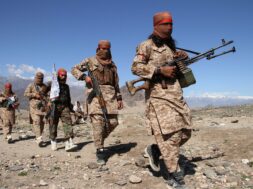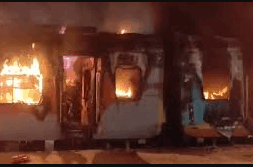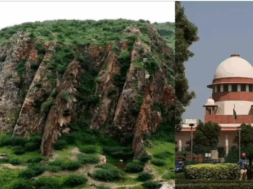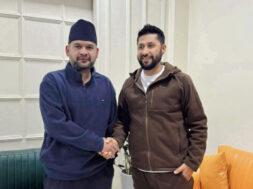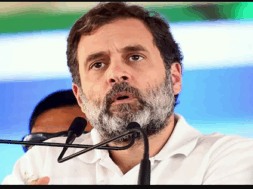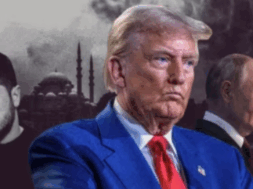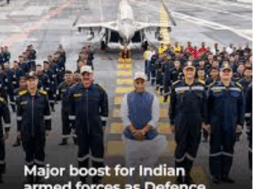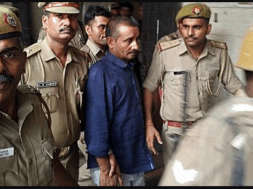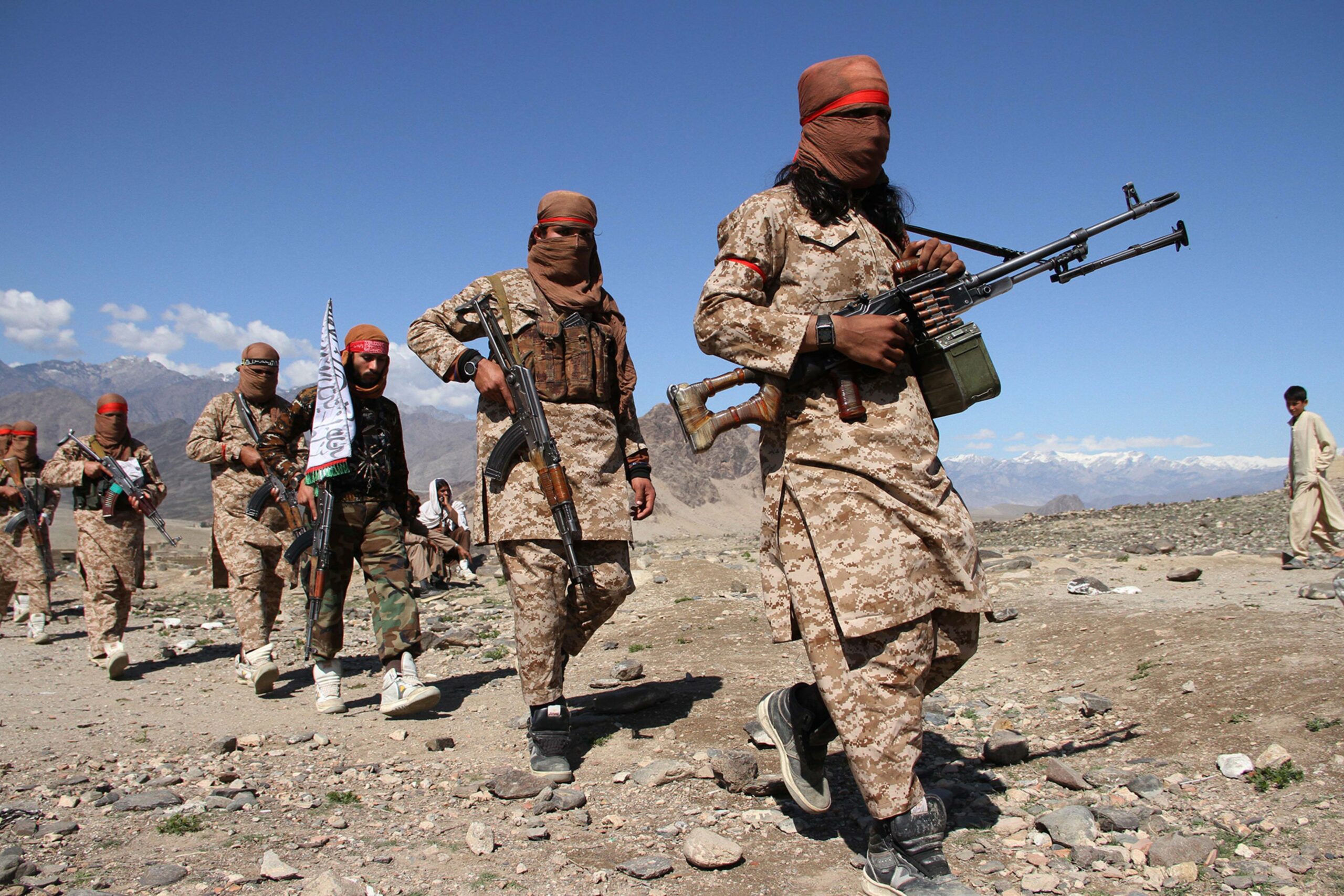
Two-Thirds of Afghanistan Under Taliban Control: Reports
Manas Dasgupta
NEW DELHI, Aug 13: Four more provincial capital including the capital of the Helmand province, the major opium hub of Afghanistan, have been taken over by the Taliban on Friday nearly completing its sweep of the country’s south.
The Taliban were moving in a lightning speed and gradually encircling the national capital city of Kabul with just about a fortnight left before the United States is set to officially end its 20 years of occupation in the country and leave Afghanistan to its own fate.
The latest significant blow was the loss of the capital of Helmand province, where American, British and allied NATO forces fought some of the bloodiest battles in the past 20 years. Hundreds of foreign troops were killed in the province, a major source of revenue for the insurgents through opium.
The insurgents have taken half of the country’s 34 provincial capitals in recent days, including its second- and third-largest cities, Herat and Kandahar, both of which fell to the militants in the last 48 hours. The Taliban now control more than two-thirds of the country just weeks before the U.S. plans to withdraw its last troops.
While the capital of Kabul isn’t directly under threat yet, the losses and advances elsewhere further tighten the grip of a resurgent Taliban. The latest U.S. military intelligence assessment suggests Kabul could come under insurgent pressure within 30 days and that, if current trends hold, the Taliban could gain full control of the country within a few months.
The speed with which the Taliban have seized Afghanistan’s key cities has triggered fears that Kabul could fall to the Islamist insurgents sooner than many had expected in May, when the remaining U.S.-led international troops started withdrawing. The Taliban now control at least 13 provincial capitals, including Kandahar and Herat, the second and third largest cities in the country, and are pressing on with their offensive. In many places, government troops retreated en masse, while officials handed over administrative centres to Taliban commanders in return for safety.
In the south, the insurgents swept through the capitals of Zabul and Uruzgan provinces, in addition to Helmand’s. Attaullah Afghan, the head of the provincial council in Helmand, said the Taliban captured Lashkar Gah following weeks of heavy fighting and raised their white flag over governmental buildings. He said that three national army bases outside of Lashkar Gah remain under control of the government.
Atta Jan Haqbayan, the provincial council chief in Zabul province, said the local capital of Qalat fell and that officials were in a nearby army camp preparing to leave.
Who control which part of Afghanistan is changing by the hour. The government had controlled all 34 provincial capitals and more than half of the country’s 421 districts before May 1, but the Taliban are now firmly in control of more than 60% of the territories.
According to reports, 233 Afghan districts are now controlled by the Taliban, while 109 are contested. The government has only 65 districts under its control. The Taliban captured Zaranj, the first city, on August 6. Within eight days, they have taken 13 provincial capitals, including Ghazni, Herat and Kandahar.
Bismillah Jan Mohammad and Qudratullah Rahimi, lawmakers from Afghanistan’s southern Uruzgan province, said local officials surrendered Tirin Kot to the Taliban. Mohammad said the governor was heading to the airport to depart for Kabul.
In the country’s west, meanwhile, Fazil Haq Ehsan, head of the provincial council in Ghor province, said its capital, Feroz Koh, also fell to the insurgents.
With security rapidly deteriorating, the United States planned to send in 3,000 troops to help evacuate some personnel from the U.S. Embassy in Kabul. Separately, Britain said about 600 troops would be deployed on a short-term basis to support British nationals leaving the country, and Canada is sending special forces to help evacuate its embassy.
Thousands of Afghans have fled their homes amid fears the Taliban would again impose a brutal, repressive government, all but eliminating women’s rights and conducting public executions.
Peace talks in Qatar remained stalled, though diplomats are still meeting, as the U.S., European and Asian nations warned that any government established by force would be rejected.
“We demand an immediate end to attacks against cities, urge a political settlement, and warn that a government imposed by force will be a pariah state,” said Zalmay Khalilzad, the U.S. envoy to the talks.
But the Taliban advance continued, as they pushed into the capital of Logar province, just 80 kilometers south of Kabul.
Hasibullah Stanikzai, the head of the Logar provincial council, said fighting was still underway inside Puli-e Alim, with government forces holding the police headquarters and other security facilities. The Taliban said they had captured the police headquarters and a nearby prison.
The onslaught represents a stunning collapse of Afghan forces after the United States spent nearly two decades and $830 billion trying to establish a functioning state. U.S. forces toppled the Taliban in the wake of the Sept. 11 attacks, which al-Qaida planned and executed while being sheltered by the Taliban government. The Taliban fighters now advancing across the country ride on American-made Humvees and carry M-16s pilfered from Afghan forces.
Bill Roggio, a senior fellow at the Foundation for Defense of Democracies, said the Afghan army has rotted from within due to corruption and mismanagement, leaving troops in the field poorly equipped and with little motivation to fight. The Taliban, meanwhile, have spent a decade taking control of large swaths of the countryside.
That allowed them to rapidly seize key infrastructure and urban areas once President Joe Biden announced the timeline for the U.S. withdrawal, saying he was determined to end America’s longest war.
“Whatever forces are left or remaining that are in the Kabul area and the provinces around them, they’re going to be used for the defense of Kabul,” Roggio said. “Unless something dramatically changes, and I don’t see how that’s possible, these provinces (that have fallen) will remain under Taliban control.”
A day earlier, in Herat, Taliban fighters rushed past the Great Mosque in the historic city — a structure that dates to 500 BC and was once a spoil of Alexander the Great — and seized government buildings. Afghan lawmaker Semin Barekzai acknowledged the city’s fall, saying that some officials there had escaped.
Herat had been under militant attack for two weeks, with one wave blunted by the arrival of warlord Ismail Khan and his forces. But on Thursday afternoon, Taliban fighters broke through the city’s defensive lines.
The insurgents circulated photos and a video showing Khan in their captivity as well as video footage that appeared to show two Afghan military Black Hawk helicopters — provided by the U.S. — that were captured in Herat. Later on Friday, they released photos showing two alleged looters being paraded through the streets with black makeup on their faces.
In Kandahar, the birthplace of the Taliban, insurgents seized the governor’s office and other buildings, witnesses said. The governor and other officials fled the onslaught, catching a flight to Kabul, the witnesses added. They refused to be named publicly as the defeat has yet to be acknowledged by the government, which has not commented on the latest advances.
The Taliban had earlier attacked a prison in Kandahar and freed inmates inside, officials said.
The U.N. agency for humanitarian affairs warned that civilians in southern Afghanistan faced cut-off highways and mobile phone outages. It described aid groups as being unable to determine how many people had fled as intense fighting and airstrikes continued there.
Pakistan meanwhile opened its Chaman border crossing for people who had been stranded in recent weeks. Juma Khan, the Pakistan border town’s deputy commissioner, said the crossing was reopened following talks with the Taliban.
Even as diplomats met in Doha, Qatar on Thursday, the success of the Taliban offensive called into question whether they would ever rejoin long-stalled peace talks with the government in Kabul. Instead, the group could come to power by force — or the country could splinter into factional fighting like it did after the Soviet withdrawal in 1989.
